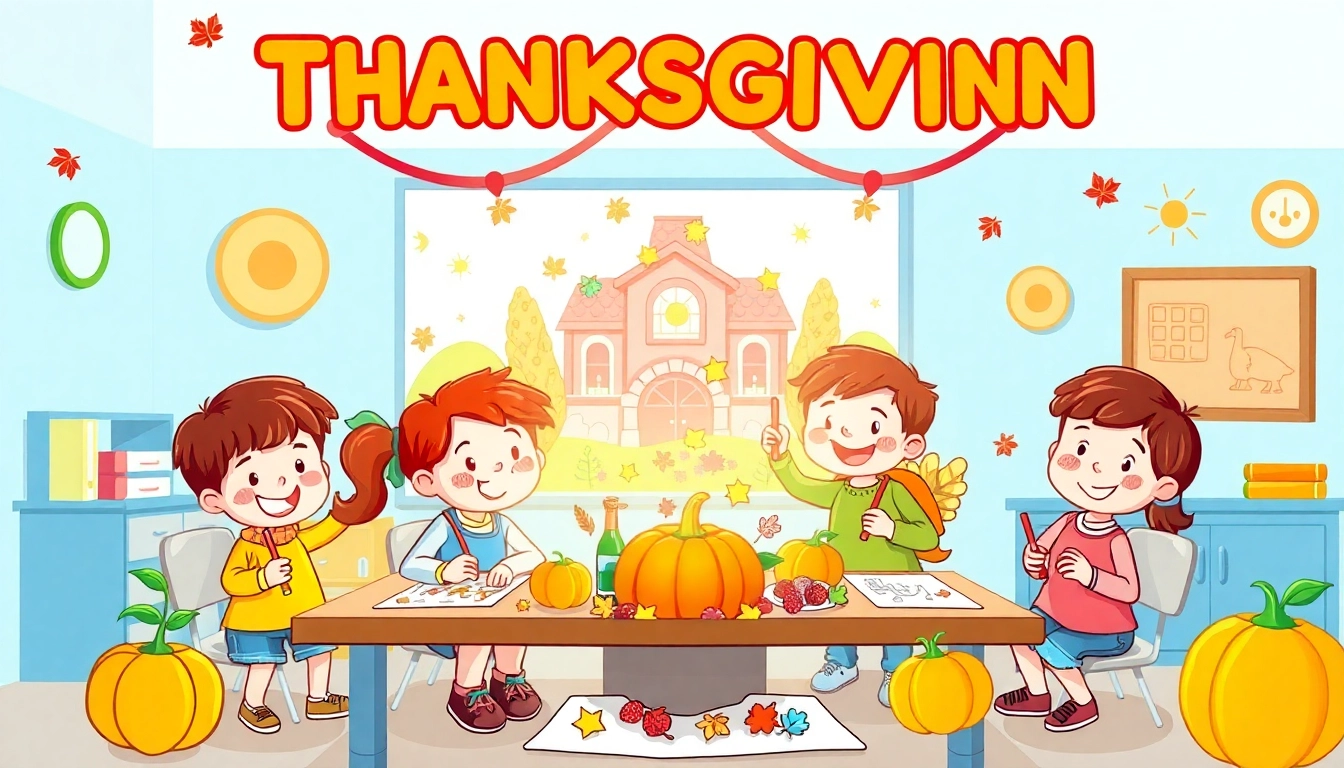Introduction to Coloring Pages for Kids: Enhancing Creativity and Learning
Coloring pages have long been an integral part of childhood development, offering more than just artistic expression. They serve as powerful tools to foster creativity, improve fine motor skills, and introduce educational concepts in engaging ways. Whether it’s an elephant, a holiday scene, or a maze, printable coloring pages are versatile resources that support diverse learning objectives. As parents and educators seek accessible and cost-effective methods to combine fun with education, platforms like https://mycolor.school/ emerge as invaluable sources of high-quality free printables designed to inspire, teach, and entertain children of all ages.
Understanding the Educational Value of Coloring Pages
Coloring pages are more than just a pastime; they are foundational to early childhood education. When children engage in coloring activities, they develop essential skills such as hand-eye coordination, concentration, and spatial awareness. For example, coloring within lines requires precision and control, directly enhancing fine motor dexterity. Beyond physical skills, coloring fosters cognitive development by encouraging children to recognize colors, understand themes, and interpret scenes.
Incorporating specific thematic coloring pages—such as elephants, Thanksgiving scenes, or pride symbols—can also reinforce learning. For instance, coloring an elephant can be a gateway to lessons about animal habitats or conservation. Similarly, seasonal pages can introduce cultural and holiday traditions, making learning contextual and memorable. The tactile process of coloring also boosts emotional regulation and patience, cultivating a sense of achievement as children complete their masterpieces.
How https://mycolor.school/ Differentiates with Quality Content
Unlike many generic coloring resources, https://mycolor.school/ offers an extensive library of thoughtfully curated printable pages that merge education with fun. The platform emphasizes high-quality designs that cater to various age groups and learning needs. Notably, their content spans diverse categories—from animals and holidays to puzzles and pride themes—ensuring a comprehensive approach to learning through coloring.
What sets https://mycolor.school/ apart from competitors is its commitment to educational integration. Many printable pages are crafted to align with curriculum goals, encouraging children to explore concepts like problem-solving through maze activities or cultural understanding via pride and holiday pages. The platform’s emphasis on accessibility—offering hundreds of free printables—makes quality education affordable and easily available for homeschoolers and classroom teachers alike.
Benefits of Free Printables for Parents and Educators
Access to free printable coloring pages presents several tangible benefits. For parents managing busy schedules, these resources reduce planning time while providing enriching activities that sustain children’s interest. Educators can effortlessly incorporate printable pages into lesson plans, whether for thematic units, reinforcement exercises, or calming classroom activities.
- Cost-effective}: Free printables eliminate the need for expensive educational materials.
- Flexibility}: They can be used for individual learning, group activities, or as supplementary handouts.
- Customization}: Printable pages can be paired with discussions, crafts, or digital projects for a layered learning experience.
- Developmental support}: Using themed pages—like thanksgiving turkey or pride symbols—helps children connect learning to real-world contexts, fostering cultural awareness and emotional intelligence.
Furthermore, printable resources like those from https://mycolor.school/ support inclusivity and diversity, providing content that acknowledges various identities, holidays, and cultural backgrounds. This inclusiveness promotes respect and acceptance, key components of modern education.
Popular Coloring Page Categories and Their Learning Outcomes
Elephants and Animals: Building Knowledge and Compassion
Animals, especially elephants, are central to many children’s early exposure to nature. Coloring pages featuring elephants help children learn about these majestic creatures’ anatomy, habitat, and conservation needs. Through coloring, kids develop empathy for living beings, understanding their importance within ecosystems and appreciating biodiversity. Additionally, animal-themed pages can introduce vocabulary and facts about animal families, behaviors, and environments, fostering curiosity and environmental responsibility.
Seasonal and Holiday Pages: Celebrating Thanksgiving and Pride
Seasonal pages like Thanksgiving turkey or autumn scenes not only celebrate holidays but also serve as tools to teach children about cultural traditions, history, and gratitude. Similarly, pride-themed pages—such as pride flags or symbols—support discussions about diversity, inclusion, and self-identity. These pages help children understand societal values and foster respect for differences, cultivating emotional intelligence from a young age.
Mazes and Puzzles: Developing Problem-Solving Skills
Maze and puzzle coloring pages challenge children to think critically and develop problem-solving skills. As kids navigate complex paths or match colors to depict stories, they enhance their logical reasoning and patience. Incorporating these activities into routine learning helps build resilience and cognitive flexibility, essential skills for academic success.
Practical Application:
Integrating these categories into learning routines creates a balanced approach—combining physical dexterity, cultural awareness, emotional growth, and cognitive development. For example, a lesson plan might include coloring a pride flag to discuss diversity, followed by a maze activity that reinforces spatial reasoning, culminating in a discussion about inclusion and respect.
Choosing the Right Coloring Pages for Different Age Groups
Young Children: Simple Designs for Motor Skills
For preschool and early elementary children, simple, bold outlines with larger spaces are ideal. These designs help develop fine motor skills and hand-eye coordination without overwhelming the child. Examples include basic animals, seasonal scenes, or holiday symbols. Simple coloring pages also encourage independence, allowing children to explore their creativity freely.
Older Kids: Complex Scenes for Cognitive Development
As children grow, their cognitive and artistic abilities mature. For them, complex scenes featuring detailed animals, architecture, or themed puzzles stimulate advanced thinking. These pages promote focus, attention to detail, and artistic skills. Incorporating prompts such as “Color the scene to tell a story” encourages narrative thinking and expressive creativity.
Educational Themes: Integrating Learning with Fun Activities
Educators should select coloring pages that align with curricular objectives. For instance, pages depicting historical events, scientific concepts, or cultural symbols—like pride flags—can be used to reinforce lessons. The goal is to embed learning into enjoyable activities that motivate children to engage deeply, making education a joyful journey.
Additional Tips:
- Match the complexity of the design to the child’s developmental level.
- Introduce themed pages during relevant seasons or units for contextual learning.
- Encourage children to explain their coloring choices, fostering language skills and self-expression.
Implementation Tips for Parents and Teachers
Creating a Creative Environment at Home and Classroom
Designate a dedicated space for coloring activities—whether a corner in a classroom or a creative corner at home. Equip it with quality supplies: crayons, markers, colored pencils, and varied papers. Lighting and comfort are crucial for sustained engagement. Display children’s artwork to boost confidence and show appreciation for their efforts.
Integrating Coloring Pages into Lesson Plans
Link coloring activities to broader lessons by discussing the themes before coloring. For example, prior to coloring a Thanksgiving scene, teach children about history and traditions, followed by a creative coloring session. Post-activity discussions can reinforce learning outcomes and encourage children to share their reflections. Use coloring pages as starters for writing stories, creating projects, or oral presentations, thus deepening engagement.
Encouraging Artistic Expression and Sharing
Emphasize process over perfection, encouraging children to explore colors and techniques. Incorporate group activities such as art showcases or digital sharing platforms to foster community and pride. Celebrate diversity in artwork—highlight different styles and interpretations—to nurture self-confidence and acceptance.
Measuring Impact and Continuous Engagement
Tracking Skills Development Through Coloring Activities
Maintain portfolios or logs to observe growth in motor skills, color recognition, and thematic understanding. Use checklists or rubrics aligned with developmental milestones to assess progress periodically. Celebrate milestones with certificates or displays to motivate ongoing participation.
Gathering Feedback to Improve Content Relevance
Solicit feedback from children, parents, and educators aimed at understanding what themes, complexity levels, or designs resonate most. Regular surveys can guide content updates, ensuring relevance and sustained interest. Tracking preferences helps tailor future activities to evolving needs.
Building a Community of Learners and Creators
Leverage online platforms and local events to showcase children’s artwork, share ideas, and foster collaboration. Hosting themed coloring contests or art days enhances community spirit and encourages lifelong appreciation for art and learning. Online galleries or social media pages can serve as inspiration hubs, encouraging children to share their creative journeys.

